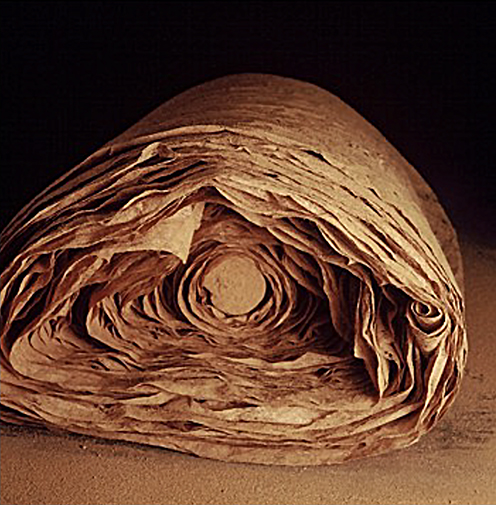Conceptual artist Miloš Šejn (b. 1947) engages with the world of phenomena through a multilayered artistic practice that seeks to articulate the essence and contours of human presence in novel and often unexpected ways.
The phenomena in question transcend the general perceptual categories of space and time, extending instead into the realms of concealed, obscured, or temporally stratified relationalities — those intricately bound to human memory, personal history, empirical detail, and mémoire involontaire. A particularly salient example emerges in the form of familial memory linked to the sculptor Hana Wichterlová (1903–1990), who maintained a studio in Újezd, in close proximity to that of Josef Sudek. Šejn, having known Wichterlová personally during his childhood, draws upon this intimate historical nexus as a point of departure.
The exhibition design for Josef Sudek’s Studio constitutes a palimpsest of spatial, temporal, mnemonic, and medial traces — photographs, videos, and drawings converge to form an intertextual network of meaning. Central to this constellation is Sudek’s photograph of Wichterlová’s sculpture Black Head, in which the subject’s closed eyes function as a conceptual and perceptual fulcrum. They evoke a shift from external vision to interior gaze, from physical presence to cognitive and affective depth. This inner sight operates as a unifying motif, mediating the dialectic between concealment and revelation, between the unseen thought and the seen visage—whether it be a literal human face, a metaphorical landscape, an architectural aperture, or a visual field.
This thematic axis is encapsulated in the exhibition title BEHINDFACE. The Czech neologism deftly delineates a conceptual territory wherein transient experiential fragments are transmuted into enduring, timeless essences — forms of being that resist erasure through forgetting. Once articulated, such essences persist within an altered ontological register, maintaining their validity and resonance indefinitely.

 Academy Archives
Academy Archives 